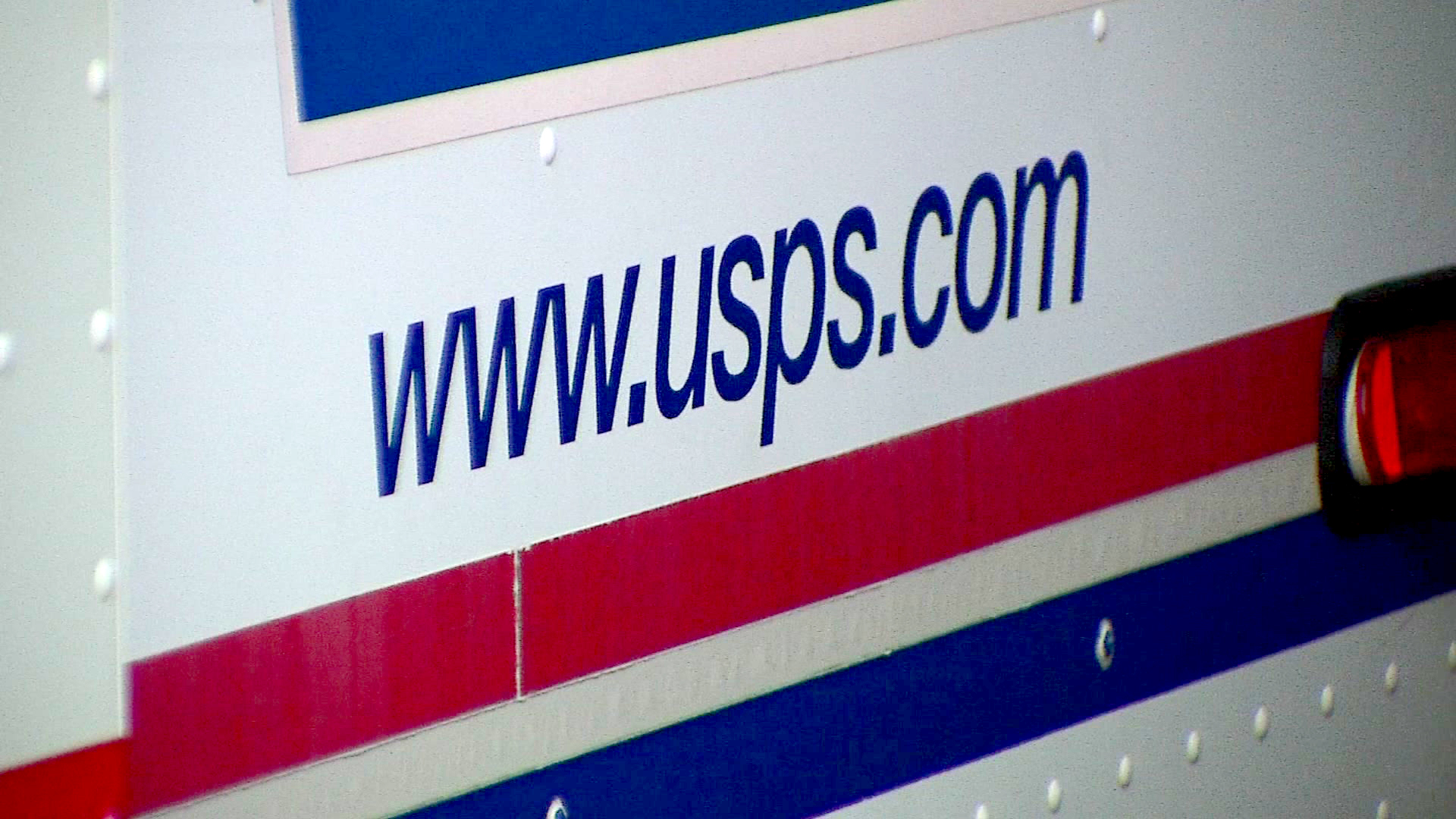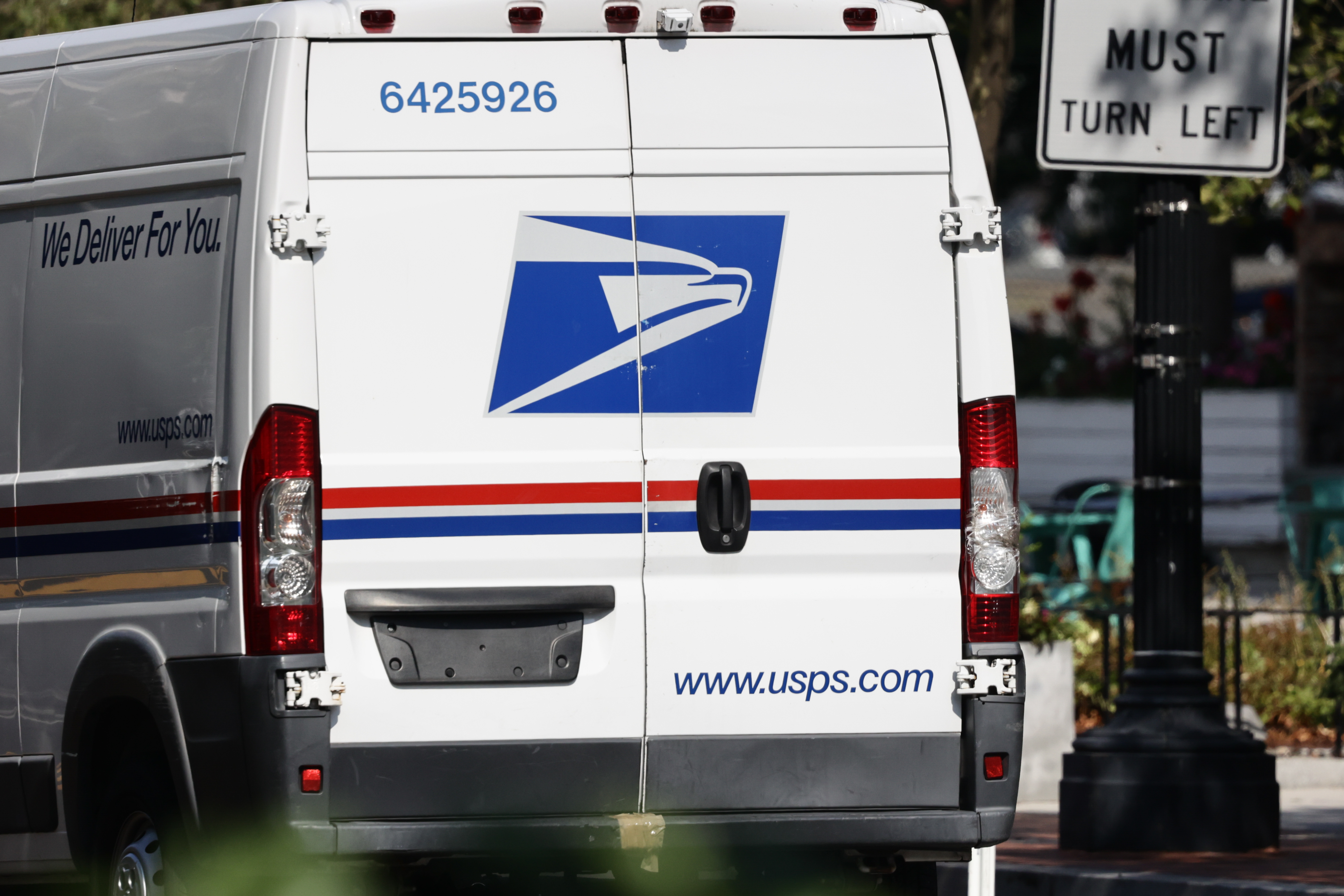
The Postal Service’s new delivery vehicles aren’t going to win a beauty contest. They're tall and ungainly. The windshields are vast. Their hoods resemble a duck bill. Their bumpers are enormous.
“You can tell that (the designers) didn’t have appearance in mind,” postal worker Avis Stonum said.
Odd appearance aside, the first handful of Next Generation Delivery Vehicles that rolled onto postal routes in August in Athens are getting rave reviews from letter carriers accustomed to cantankerous older vehicles that lack modern safety features and are prone to breaking down — and even catching fire.
Within a few years of the initial rollout, the fleet will have expanded to 60,000, most of them electric models, serving as the Postal Service’s primary delivery truck from Maine to Hawaii.
Get top local stories in Southern California delivered to you every morning. >Sign up for NBC LA's News Headlines newsletter.
Once fully deployed, they'll represent one of the most visible signs of the agency's 10-year, $40 billion transformation led by Postmaster General Louis DeJoy, who's also renovating aging facilities, overhauling the processing and transportation network, and instituting other changes.
The current postal vehicles — the Grumman Long Life Vehicle, dating to 1987 — have made good on their name, outlasting their projected 25-year lifespan. But they're well overdue for replacement.
Noisy and fuel-inefficient (9 mpg), the Grummans are costly to maintain. They’re scalding hot in the summer, with only an old-school electric fan to circulate air. They have mirrors mounted on them that when perfectly aligned allow the driver to see around the vehicle, but the mirrors constantly get knocked out of alignment. Alarmingly, nearly 100 of the vehicles caught fire last year, imperiling carriers and mail alike.
The new trucks are being built with comfort, safety and utility in mind, by Oshkosh Defense in South Carolina.
Even tall postal carriers can stand up without bonking their heads and walk from front to back to retrieve packages. For safety, they have airbags, 360-degree cameras, blind-spot monitoring, collision sensors and anti-lock brakes — all of which are missing on the Grummans.
The new trucks also have a feature that became common in most cars more than six decades ago — air conditioning. And that's key for drivers in the Deep South, the desert Southwest and other areas with scorching summers.
“I promise you, it felt like heaven blowing in my face,” Stonum said of her first experience working in an air-conditioned truck.
Richard Burton, another driver, said he appreciates the larger payload area, which can accommodate bigger packages, and the fact that he can stand up and doesn't have to crouch, helping him avoid back pain. The old trucks also had a habit of breaking down in traffic, he added.
Brian Renfroe, president of the National Letter Carriers Association, said union members are enthusiastic about the new vehicles, just as they were when the Grummans marked a leap forward from the previous vehicles, old-school Jeeps. He credited DeJoy with bringing a sense of urgency to get them into production.
“We’re excited now to be at the point where they’re starting to hit the streets,” Renfroe said.
The process got off to a rocky start.
Environmentalists were outraged when DeJoy announced that 90% of the next-gen vehicles in the first order would be gas-powered. Lawsuits were filed demanding that the Postal Service further electrify its fleet of more than 200,000 vehicles to reduce tailpipe emissions.
“Everybody went nuts,” DeJoy said.
The problem, Dejoy said, wasn’t that he didn’t want electric vehicles. Rather, the expense of the vehicles, compounded by the costs of installing thousands of charging stations and upgrading electrical service, made them unaffordable at a time when the agency was reporting big operating deficits every quarter.
He found a way to further boost the number of electric vehicles when he met with President Joe Biden’s top environmental adviser, John Podesta. That led to a deal in which the government provided $3 billion to the Postal Service, with part of it earmarked for electric charging stations.
In December 2022, DeJoy announced that the Postal Service was buying 106,000 vehicles through 2028. That included 60,000 next-gen vehicles, 45,000 of them electric models, along with 21,000 other electric vehicles. He pledged to go all-electric for new purchases starting in 2026.
“With the climate crisis at our doorsteps, electrifying the U.S. government’s largest fleet will deliver the progress we’ve been waiting for,” said Katherine García of the Sierra Club, which sued the Postal Service before its decision to boost the volume of electric vehicle purchases.
Between the electric vehicles, reduced tailpipe emissions from optimized mail routes and other changes, the agency anticipates cutting carbon emissions by 40% by 2030, DeJoy said. The route revisions will also save money.
This summer the Postal Service's environmental battles came full circle as the White House honored it with a Presidential Federal Sustainability Award, marking the end of “an interesting journey,” DeJoy said.
The honor is a signal of the agency's ability to work through complex problems, be they operational, financial, technical, political or of a public policy nature, he said.
“It comes from forging forward,” he said. “Keep moving.”



